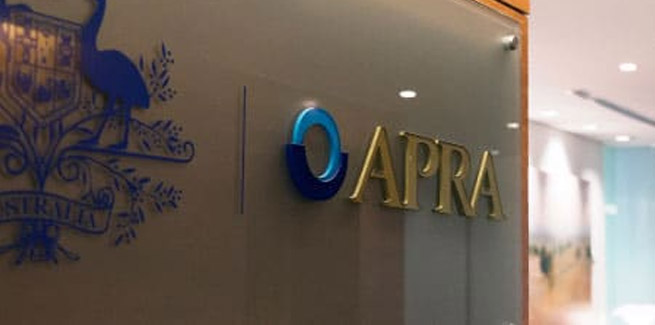In an address to the Future Banking Forum 2019, the Australian Prudential Regulation Authority’s (APRA) general manager, regulatory affairs and licensing, Melisande Waterford, outlined the challenges associated with balancing stability with greater competition in the ADI sector.
Ms Waterford noted that APRA has sought to facilitate the entry of new ADIs without lowering standards that would qualify an institution for a banking licence.
The GM claimed that APRA has prioritised quality over quantity when assessing licence applications from aspiring ADIs to ensure they can legitimately compete with incumbents.
“On the one hand, it’s not APRA’s role to pick winners and losers. After all, history tells us that plenty of wildly successful ideas were tipped to crash and burn when they were first suggested,” Ms Waterford said. “On the other hand, APRA is keen to see new entrants succeed.”
She continued: “APRA’s licensing mission is not to licence as many new banks as it can, as quickly as it can. Rather, our mission is to facilitate the launch of viable entities.
“At the risk of stating the obvious: challenger banks can only make a difference to the competitive dynamic of the Australian market if they survive and thrive.
“Quickly granting a licence to a challenger bank which shortly thereafter gets into trouble and fails does nothing to promote competition and serves no one’s best interests.”
However, Ms Waterford acknowledged that despite APRA’s efforts to ensure prospective ADIs are viable, some challenger banks would fail to secure a foothold in the marketplace.
“[It] is inevitable that some challenger banks will not survive, not because management failed to run the new bank prudently, but because their innovative ideas did not attract enough customers to be sufficiently profitable, or enough investors to fund their capital needs,” she said.
Ms Waterford encouraged aspiring ADIs to actively demonstrate their utility in order to gain traction in the marketplace.
“APRA’s observation is that for a challenger bank, the single biggest impediment to raising capital is non-operation,” she said.
“Good ideas alone have not proven to be persuasive. Investors want to see proof-of-concept. Where an entity has not commenced business, it has no customers.
“It cannot demonstrate customer traction or the efficacy of its systems and processes. Leading-edge technology is only a market advantage when it works and is seen to work.”
The APRA GM went on to highlight the role that challenger banks can play in driving better consumer outcomes in the sector.
“Challenger banks don’t need to become a fifth pillar to serve the Australian community,” she said.
“Their existence alone can force incumbents to up their game.
“APRA would like to see a steady stream of serious ADI licence applicants that enter the market and 10 years later are still there, large enough to be significant, competing hard and providing innovative solutions to Australia’s financial needs.”
Several challenger banks have been granted ADI licences by APRA over the past year, the latest of which is Xinja, which joined the likes of Volt Bank, 86 400 and Judo Bank.
[Related: APRA shakes up leadership structure]
 ;
;
